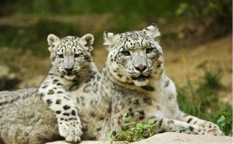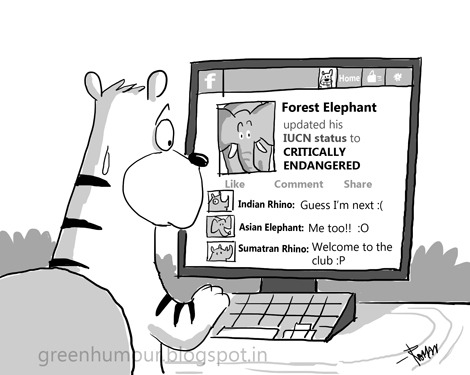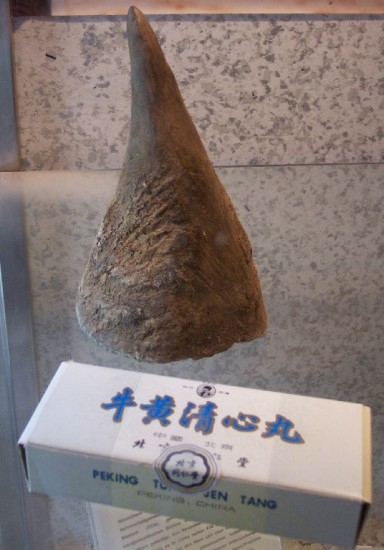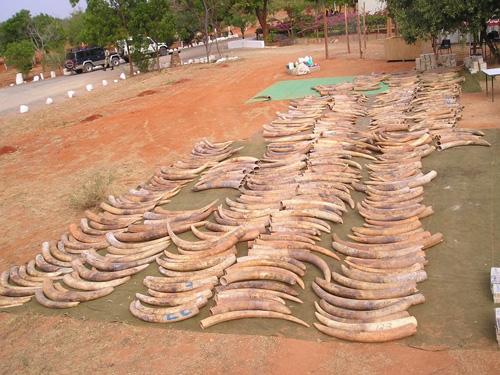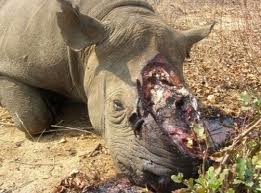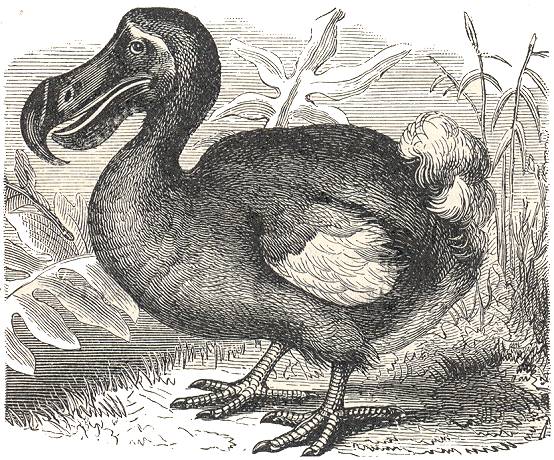Authors: Sunil Nawaz, MSc Zoology, M.phil Microbiology Scholar Natasha Zarish M.Sc Zoology M.Ed Science Education Pakistan is blessed with several natural beauties including indigenous wildlife (including several rare endangered species), beautiful mountains of Himalayas, deserts of Cholistan and Thar, Manmade forests like changa manga forest as well as several natural resources from the Baluchistan trails. It also holds second tallest mountain K-2, which is a really challenging tourist attraction in terms of mountain climbing. Four seasons bloom each year to their fullest, and rain fall of 12-14 inch per year average lead to make Pakistan a very fertile agricultural …
Essence of Pakistan’s Wildlife and Biodiversity: An Overview of the Problems and Conservation Needs
